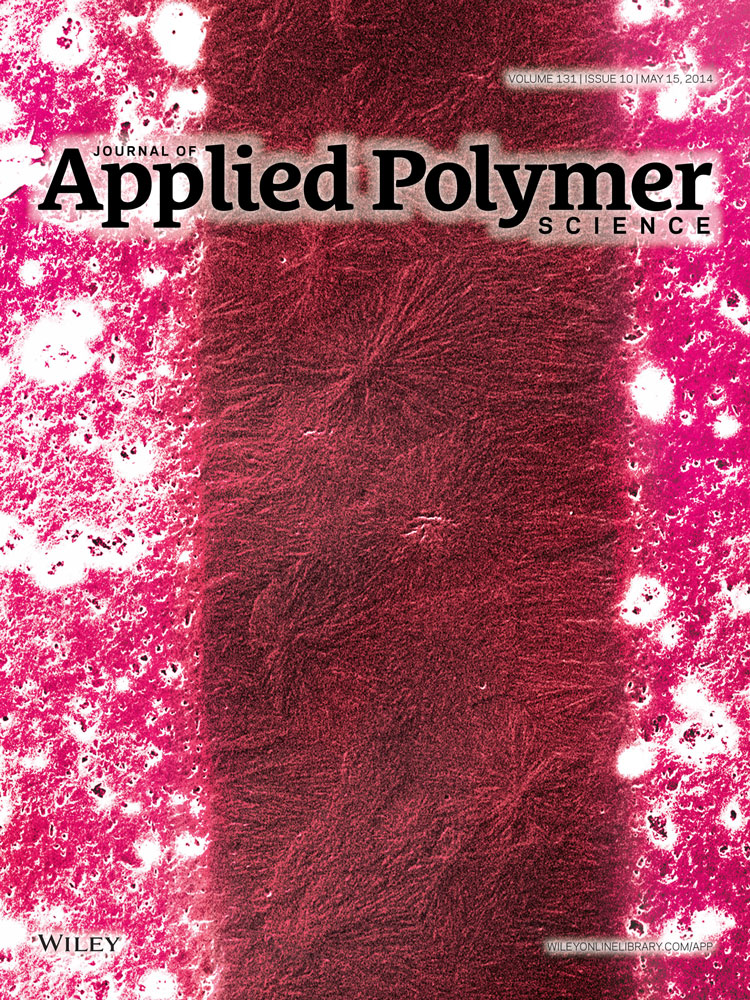Novel HDPE/ground tyre rubber composite materials obtained through in-situ polymerization and polymerization filling technique
ABSTRACT
Novel hybrid materials composed by a high density polyethylene (HDPE) matrix and powdered rubber coming from scrap tyres (ground tyre rubber [GTR]) were prepared. Two methods were followed: ethylene was polymerized by a metallocene catalyst (Cp2ZrCl2/methylaluminoxane) in the presence of a toluene dispersion of the filler (in-situ polymerization); and the ethylene was polymerized out after supporting the aluminum-based co-catalyst onto the rubber particles surface (polymerization filling technique). The experimental conditions were varied in order to achieve the best catalyst productivity. All the synthesized composites were characterized in order to investigate the occurrence and the extent of interactions between HDPE macromolecular chains and the GTR components and their effects onto the final properties, by comparison with a composite where GTR was included into the matrix through blending in the melt. Scanning electron microscopy, atomic force microscopy, and solvent extractions were performed to this aim. The amount of thermoplastic matrix bonded to the filler was determined, and the extracted polymer was characterized by size exclusion chromatography and differential scanning calorimetry. Finally, stress–strain behavior of the composites obtained, respectively, by catalytic polymerization and melt mixing was compared. © 2014 Wiley Periodicals, Inc. J. Appl. Polym. Sci. 2014, 131, 40313.




